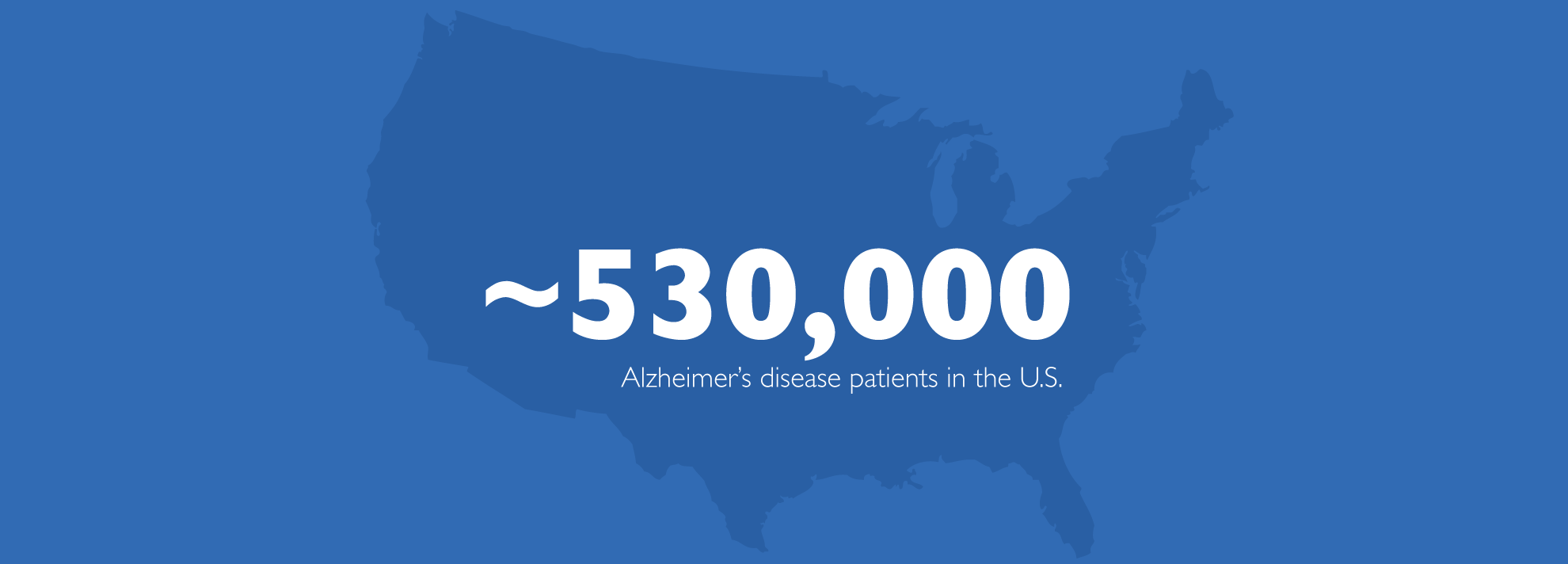APOE4/4 homozygous Subpopulations in Alzheimer’s disease patients
While there are many known genetic risk factors for late onset Alzheimer’s disease (AD), apolipoprotein E4 (APOE4) genotype has the strongest link to disease onset and severity of AD, accelerating both the disease course and brain pathology. APOE is a human gene that encodes for a lipid-carrying protein called apolipoprotein E, which combines with fats to form lipoproteins that are transported throughout the body. In the brain, apolipoprotein E helps shuttle cholesterol to neurons to support their normal function.
There are three alleles, or forms, of APOE gene and protein, called ε2, ε3 and ε4. The ε4 allele (APOE4) has been found to correlate with increased risk of developing Alzheimer’s. People who inherit one copy of the ε4 allele have approximately 4x increased chance of developing the disease, while those who inherit two copies of the allele (homozygous or APOE4/4) are at even greater risk (12x) and tend to have more aggressive disease, with approximately 10 years earlier onset of AD. Our target population, APOE4/4 homozygotes, represent 15% of Alzheimer’s disease patients, and accounts for 560,000 patients in the U.S. alone, with similar prevalence in Europe.
Alzheimer’s disease (AD) patients who possess one or two copies of the APOE4 gene represent an estimated 50% of the AD population. An estimated 10% of all AD patients have the APOE4/4 homozygous genotype, representing approximately 550,000 patients in the United States, and 500,000 patients in Western Europe. Approximately 25% of the U.S. population are carriers of the APOE4 allele, putting them at high risk for the development of AD.
 50-60% of patients diagnosed with Alzheimer’s disease carry at least one copy of APOE4 gene.
50-60% of patients diagnosed with Alzheimer’s disease carry at least one copy of APOE4 gene.
10-15% carry two copies of APOE4 gene (homozygous for APOE4 gene).

25% of the general population carry at least one copy of APOE4 gene, therefore, at high risk for development of Alzheimer’s disease.
Homozygotes represent 15% of Alzheimer’s disease patients

